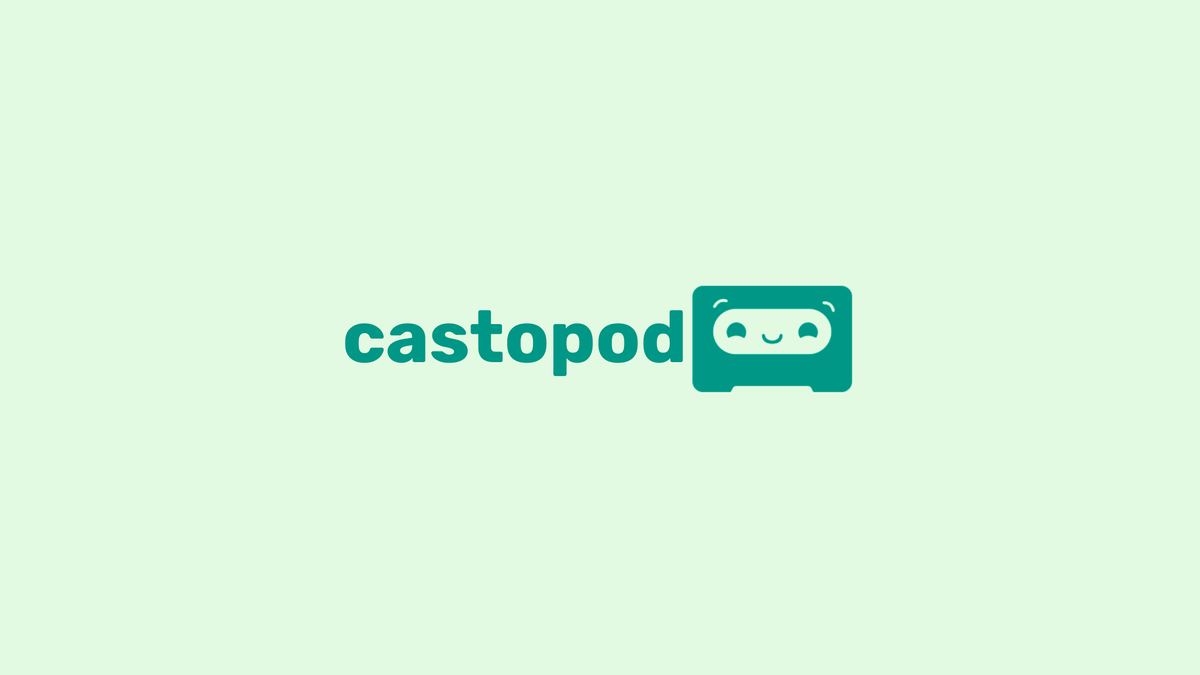A Beginner's Guide to Decentralized Social Media - Castopod

In the ever-evolving world of social media, decentralization has emerged as a compelling alternative to traditional, corporate-controlled platforms. One such decentralized platform is Castopod. If you're a podcaster looking for an open, federated way to share your content, Castopod might be the perfect solution. In this post, we’ll explore what Castopod is, how it works, and why it could be a game-changer for podcasters.
What is Castopod?
Castopod is an open-source podcast hosting platform that allows creators to publish their podcasts while being part of the Fediverse—a network of interconnected, decentralized social media platforms that communicate using the ActivityPub protocol. This means your podcast isn’t just available on your website or RSS feed; it can be followed, shared, and interacted with directly from platforms like Mastodon, Pleroma, and Misskey.
How Does Castopod Work?
At its core, Castopod functions as a self-hosted podcasting platform that gives creators full control over their content. Here’s a breakdown of how it works:
- Self-Hosting: You can install Castopod on your own server, ensuring that you own your content and aren’t subject to centralized control.
- Federation: Thanks to its ActivityPub integration, Castopod accounts and podcasts can be followed from Mastodon and other Fediverse platforms, enabling direct engagement with listeners.
- Customization: Castopod provides various tools for branding, analytics, and monetization, giving podcasters more freedom than traditional platforms.
- RSS support: Your podcast remains accessible via standard RSS feeds, meaning it can still be distributed on Apple Podcasts, Spotify, and other podcast directories.
Why choose Castopod?
If you’re wondering why you should opt for Castopod over mainstream podcasting solutions like Spotify for Creators, here are some compelling reasons:
- Decentralization: You are not reliant on a single company that could change its terms of service or shut down.
- Direct audience interaction: Listeners can comment, boost, and follow your podcast directly from the Fediverse.
- Monetization options: Unlike ad-driven platforms, you have full control over how you monetize your podcast.
- No gatekeeping: With Castopod, there are no arbitrary rules about what content is allowed, as long as it follows ethical guidelines.
How to Get Started with Castopod
Ready to dive into decentralized podcasting? Here’s how you can get started:
- Set up a server: Install Castopod on a VPS (on for example: Hetzner Cloud¹) or a self-hosted server.
- Customize and create the page of your podcast: Upload branding, descriptions, and set up your feed.
- Connect to the Fediverse: Ensure your Castopod instance is federating correctly so users can follow your podcast from Mastodon and other platforms.
- Start publishing: Upload episodes, interact with listeners, and enjoy the benefits of an open social web.
Castopod represents an exciting new way to distribute and promote podcasts without relying on corporate gatekeepers. By embracing decentralized social media, podcasters can build stronger communities, retain control over their work, and be part of an ecosystem that prioritizes user freedom and interaction. Whether you’re an established podcaster or just getting started, Castopod is definitely worth considering.
Are you ready to take the leap into decentralized podcasting? Let us know your thoughts and experiences! 📻
If you want to hear more from me you can find me in the Fediverse at @gelbphoenix@social.gelbphoenix.de (Mastodon) or @gelbphoenix@gram.social (Pixelfed). For more posts like this subscribe to my new newsletter.
¹[Affiliate Link: Following this link gives you $20 in Hetzner Cloud Credit when registering]